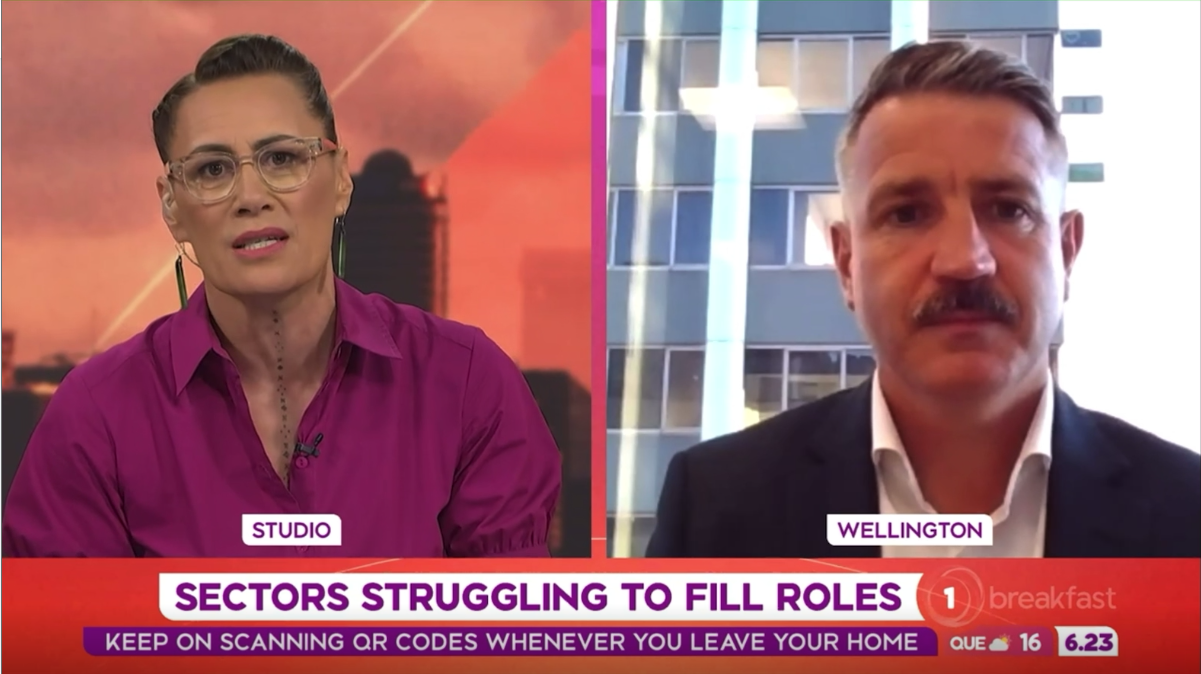Public Sector Recruitment: Navigating a Changing Landscape
In the ever-evolving world of public sector recruitment, staying informed about labour market shifts is essential, whether you're a contractor or candidate, or responsible for hiring decisions within the government sector.
Welcome to the first part of our three-part blog series, where we explore the current public sector environment. Throughout this series, we'll gather insights from our practice leaders at INSIDE, across government, professional services, business transformation, digital, executive, and permanent recruitment. Our goal is to provide valuable perspectives that enhance your understanding of the current employment landscape.
In this initial segment, we share an INSIDE view of the current market from a high-level perspective. Our aim is to equip you with information to ensure you’re across the suite of changes we’re also experiencing and navigate this changing landscape together.
Public Sector/System Level Trends
In today's environment, several factors contribute to the shifting market. Some of our high-level insights include:
Adapting to Changes in Government Spending
The public sector is undergoing a transformation, with a strong focus on fiscal responsibility. What this means for recruitment and our interim workforce is that Government agencies are closely following strict guidelines to reduce expenses on contractors and consultants.
This shift is not a casual occurrence; senior executives across the public sector are united in driving and supporting this change. They're actively reshaping the hiring landscape, indicating that this trend will persist.
2023 Election Cycle
Elections introduce an element of uncertainty, and the current scenario is no exception. Whatever the outcome of an election, the newly formed government will have a work programme it wants to get on with.
As the election approaches, hiring decisions are often paused or slowed until government agencies are clear what this work programme will look like, which in turn plays a significant role in shaping the future recruitment landscape.
From Contracting to Fixed-Term?
Given the emphasis on fiscal responsibility, the contractor engagement market is subdued, and it is expected to continue through the 2023 Election period.
Opportunities for contractors have become scarcer, leading to a notable increase in the adoption of fixed-term contracts. Contractors, once hesitant, now embrace this model due to the quieter job market and the appeal of job security and stable income.
Fixed-term roles are more prominent, particularly in professional areas such as public policy, communications, and professional services (HR and finance). This offers contractors the opportunity to consider employment over the next 6, 9, or 12 months. Our clients, responsible for recruitment decisions in the government sector, are thrilled to know that some are open to considering such fixed-term engagement.
Permanent Recruitment Insights
Uncertainty prevails in the government's permanent job market. Essential positions are being filled, but roles deemed uncertain or less essential are on hold. The upcoming election plays a significant role in this with more certainty expected post-election.
Organisational-Level Insights
While high-level sector changes are evident, organisation responses vary. In summary:
- Agencies and departments are reacting differently to the changing landscape, with some adapting well and remaining active whilst others pause contractor engagements and permanent recruitment due to organisational changes.
- Certain government agencies, slightly removed from the core public service, are capitalising on the current circumstances, moving ahead with projects and engaging contractors efficiently.
- New initiatives are emerging, often in response to recent events, offering fixed-term opportunities to manage organisational policies. These projects aim to address specific challenges and opportunities within the public sector.
- In the realm of business transformation within the public sector, digital roles are in high demand, with promising engagement in programmes funded through 2024, demonstrating a commitment to modernisation and innovation. Despite market challenges, our business transformation practice reports thriving projects, with new contract requirements emerging in both business and digital programmes.
Conclusion and Next Steps
As we navigate the government recruitment landscape, the key is adaptability and timing. The upcoming election season introduces uncertainty, impacting hiring trends across the government. Some organisations are slowing down, while others seize opportunities to progress and innovate.
We've discussed changes in government spending and the shift to fixed-term roles. Different parts of the government are responding differently, some accelerating, and others decelerating.
In our upcoming blog series, we'll delve deeper into what these changes mean for contractors, candidates, and hiring managers. Stay tuned for valuable insights.
We're here to assist you on this journey. Whether you're exploring new opportunities or seeking strategies to navigate these changes as an organisation, don't hesitate to reach out. Engage in a conversation with us, and let's explore the evolving landscape together.











